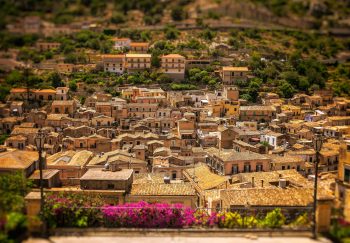Swiss? No, Aztec…
Modica ‘s chocolate is made from an old recipe that was first developed by the Aztecs. You might be wondering what the Aztecs are doing with Sicily. Think about the Spanish conquistadors of South America. It will show that the Aztecs ruled this island for several centuries.
Modica chocolate, made in the same manner as the Aztecs at the time of Spanish conquistadors. It can technically be described as “cold” chocolate. It is both grainy and crumbly.
The Spanish brought Modica the ” xocoatl“, which was a product made from crushed cocoa beans on a stone called “metate”. This allowed the cocoa butter to be released and a paste to form.
Modica’s people picked up the process from the Spanish without ever going to the industrial stage. Cold processing does not involve the conching of cocoa. Instead, cocoa paste is heated to 40 degrees and then mixed with granulated sugar. The sugar, which fails to melt or blend, gives Modica’s chocolate its characteristic “rough” texture.
Modica chocolate bars have a brownish colour that isn’t consistent. It has a strong aroma of roasted cocoa beans and a trace of astringency. It has been traditionally flavoured using vanilla or cinnamon. You can also find chocolate with chilli or carob, coffee or citrus fruits. Modica chocolate can be consumed as is or in water to make a drink.
After all the chocolate you’ve tried in the chocolate shops downtown, it is time to repent by visiting the beautiful and lavish cathedral.
The beauty of Modica’s ancient origins and its remains show us that the site is dominated by the Baroque period and a modern example of liberty style. These remains show the civilization of a community which thrived for centuries in an area that was once the capital and territory of an ancient and powerful country.
